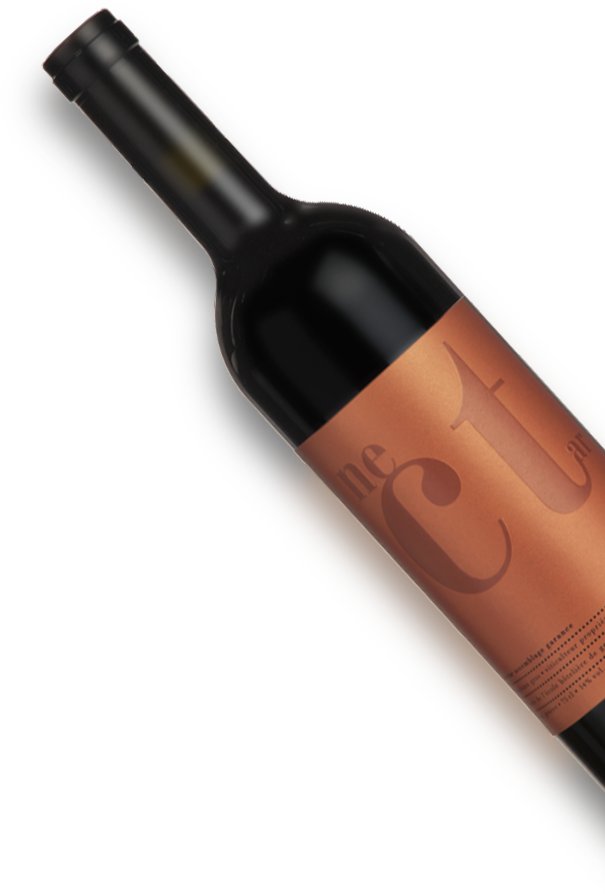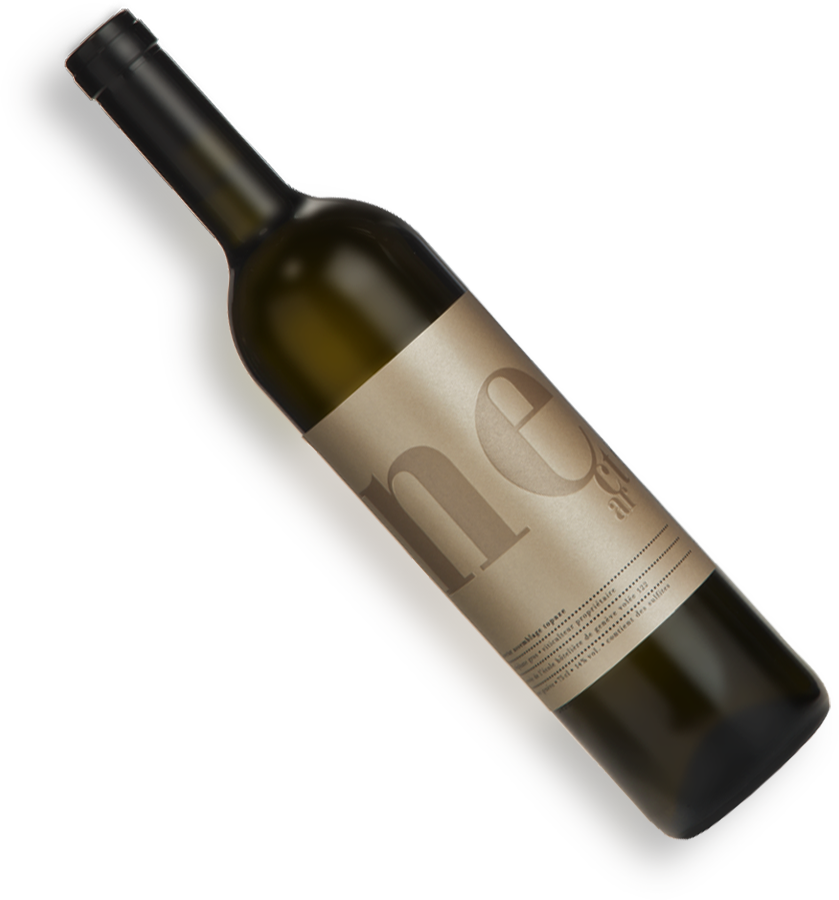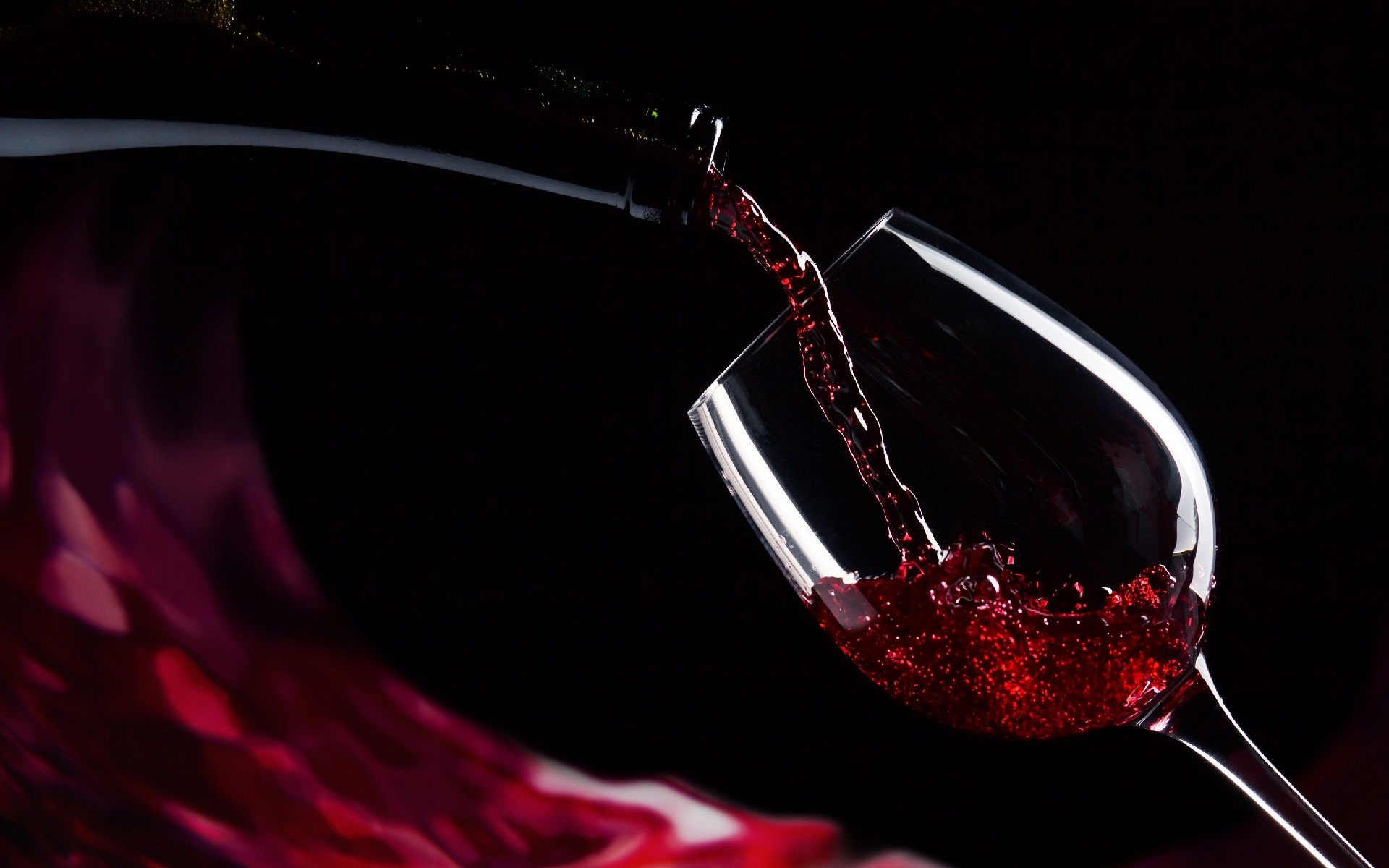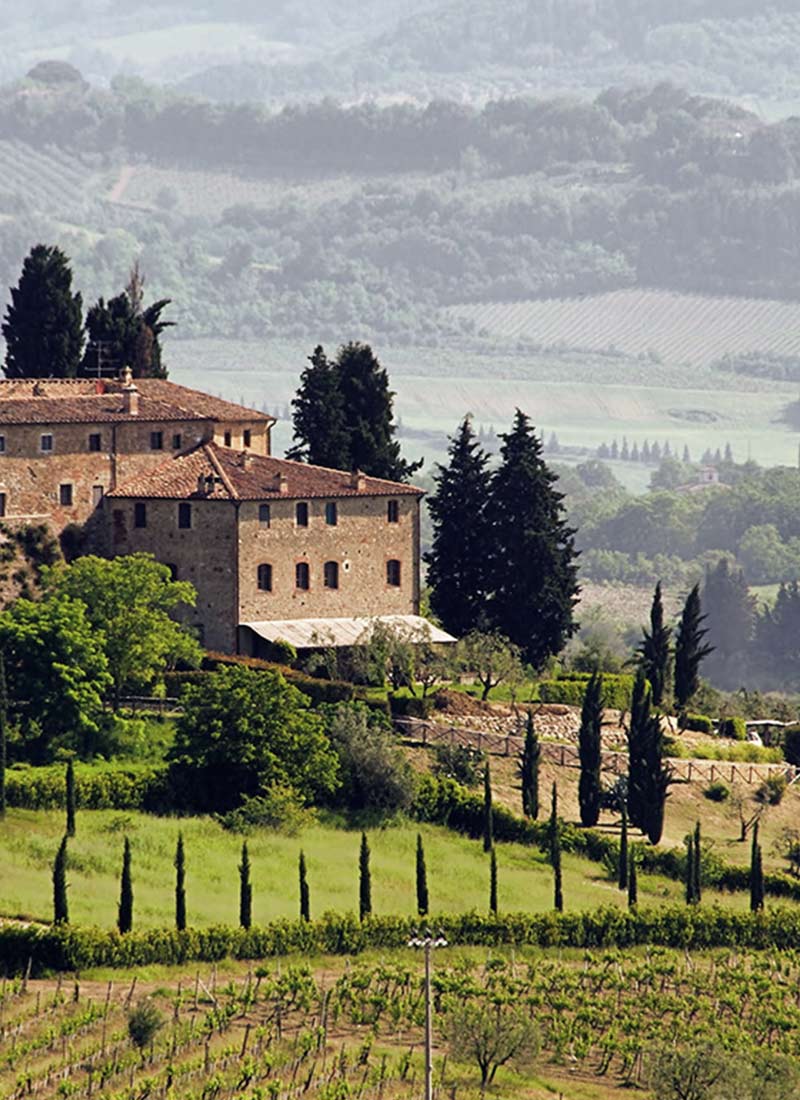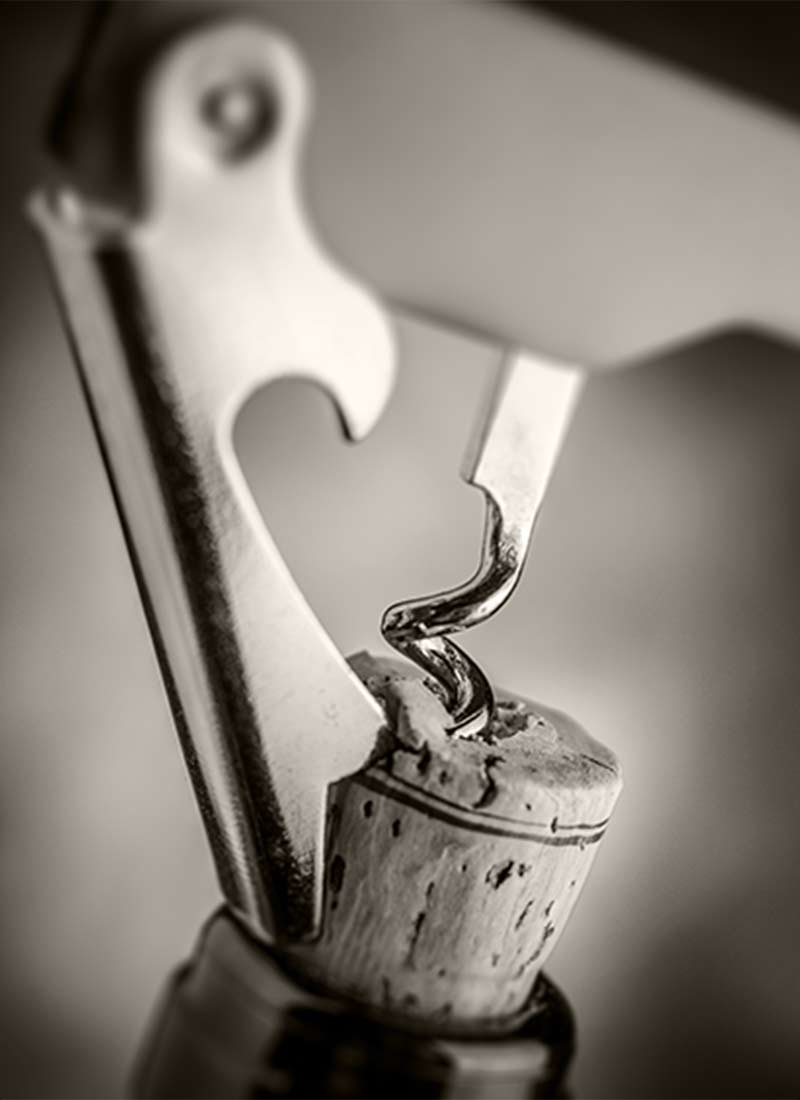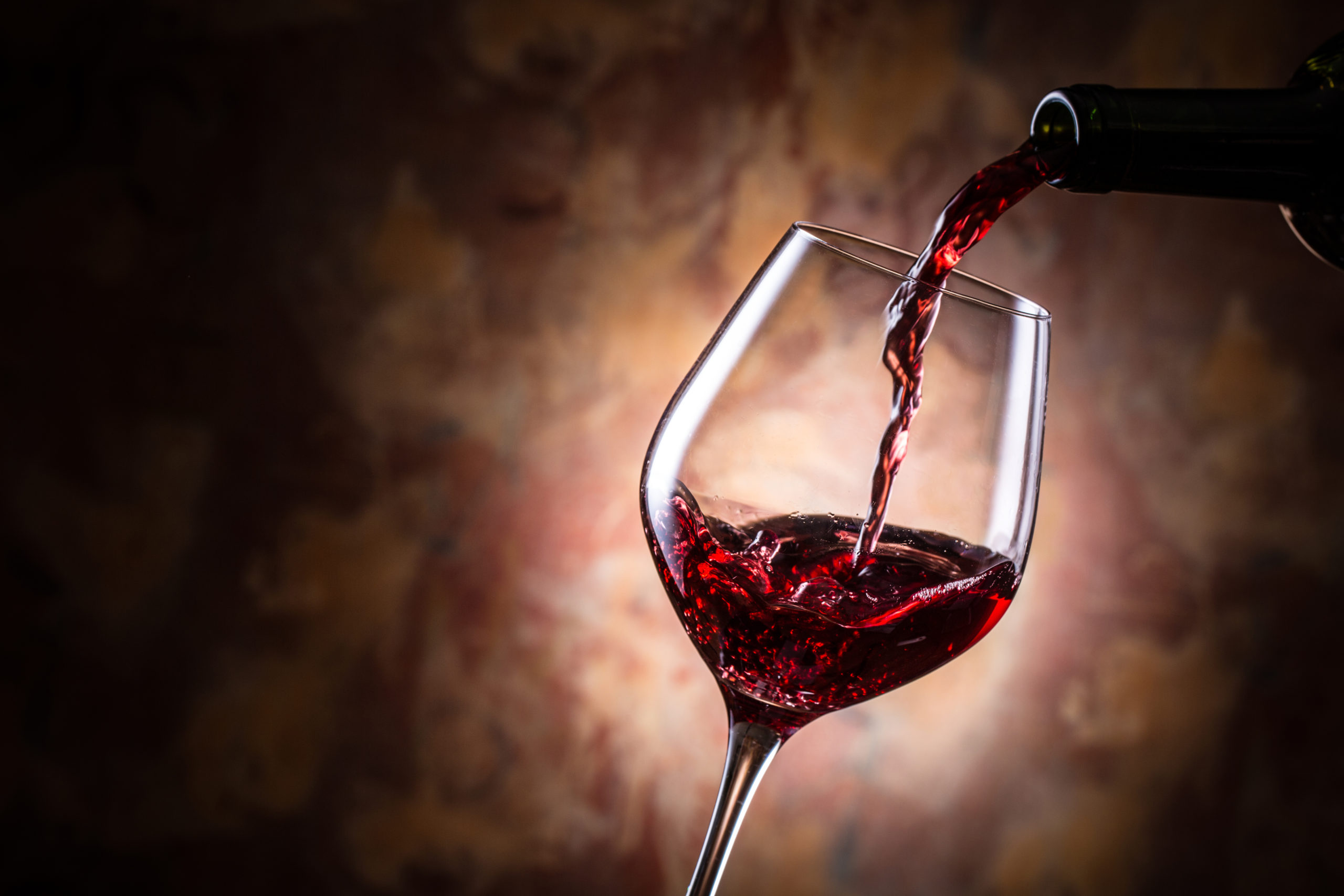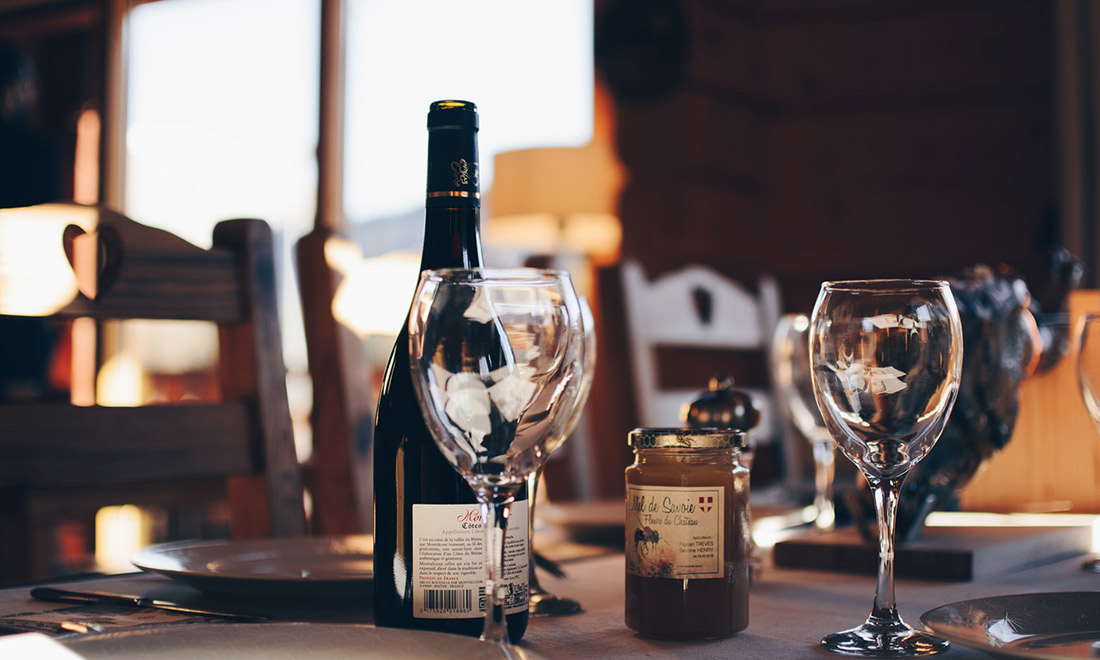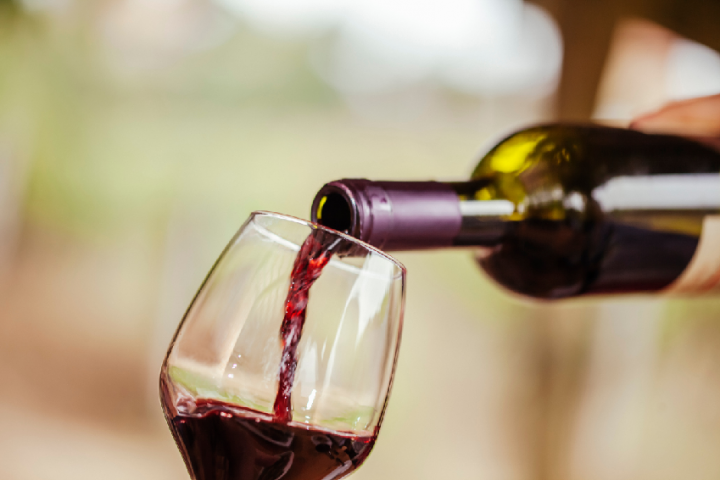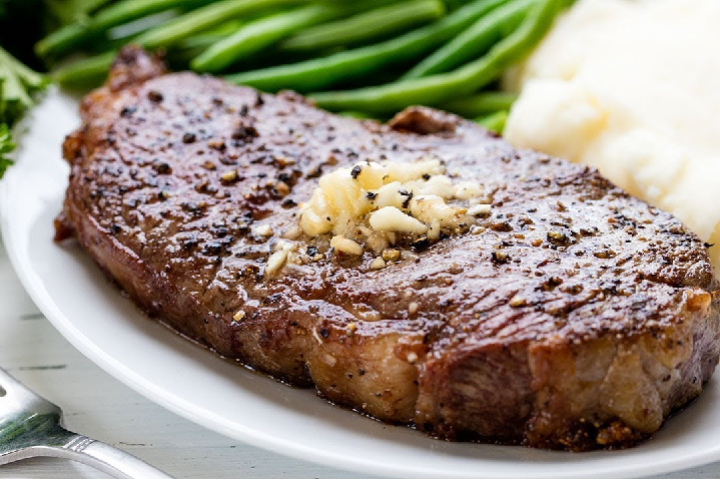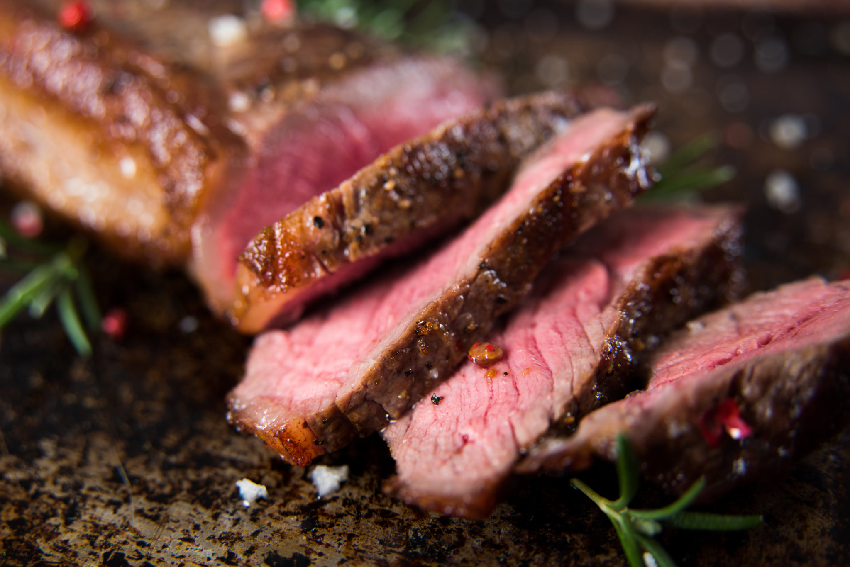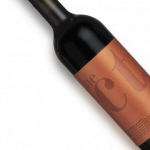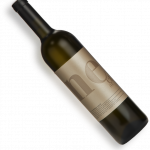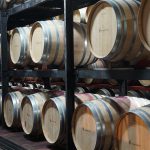With this special pizza that we bring you, you will never again have doubts about how to make homemade pizza. Learn the differences in the types of pizza, how each of the pizza doughs is made, the ingredients, and the secrets to getting the perfect pizza. You just have to choose your favorite and enjoy it.
Today we are going to dedicate a special to homemade Italian pizza because there is nothing in the world that we like more than a good homemade pizza at the end of the week.
And although today there are ready-made pizza doughs on the market, we love making them, because there is nothing better than a good homemade artisanal pizza, from the dough to the rest of the ingredients, which varies depending on family tastes.
We encourage you to follow this process with us because we are going to try to explain it to you as best as possible. Try to do it once and then you decide which is the best option.
How to make fluffy Neapolitan pizza
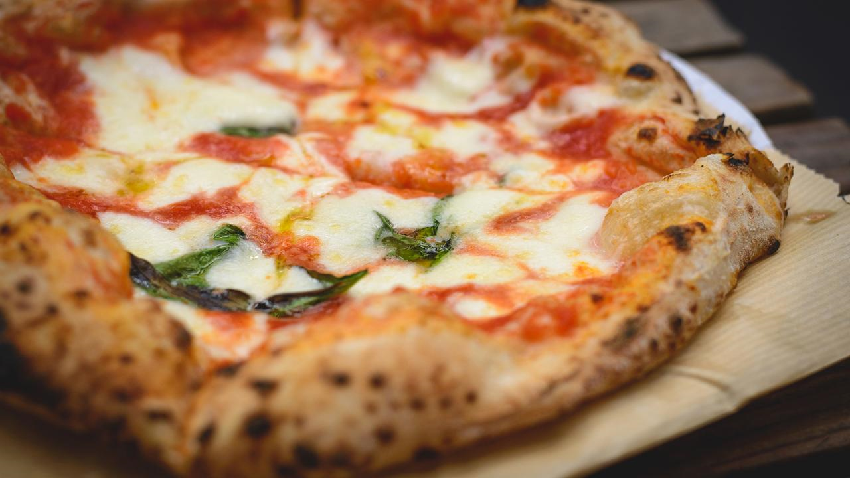
Add the flour, dry yeast, water, and salt to a bowl, mixing all the ingredients. Knead gently for a few minutes, until the ingredients are incorporated and we get a ball that is homogeneous.
Put the ball in a well-oiled bowl and cover it with plastic wrap. Let it ferment at room temperature for 6 to 8 hours, during which it will triple its size.
After that time we sprinkle flour on the work table and divide the dough into two portions. Form two balls and place in two bowls also covered with plastic wrap.
Put in the fridge for a minimum of 24 hours. Remove the dough from the fridge and let it rest at room temperature, well covered, for two hours.
How To Make Pizza Dough
There are two basic types of Italian pizza dough: Neapolitan pizza dough (fluffier) and Roman pizza dough (crunchier).
We have explained the Neapolitan pizza to you and now we are going to explain the second dough, more crispy, of the Roman pizza. Then all that remains is to decide on your favorite pizza recipe.
Roman Crusty Pizza Dough
Roman pizza is the other type of Italian pizza, also delicious. It was born in the post-war period in Rome, 200 years after the invention of the famous Neapolitan pizza.
This pizza has a crispy crust that often breaks when you bite into it.
- The main difference with Neapolitan pizza is the dough since in this type of pizza less proportion of water is used per flour than in Naples (around 55% water). This results in less fluffy pizza dough.
- Roman pizza is made with wheat flour, water, yeast, salt, and a little oil. The oil, which increases its crunchy texture, differentiates it from the Neapolitan, which does not have it.
- The base of the Roman pizza is thinner and has practically no crust.
- It bakes for about 3 minutes, so it’s drier and crispier than its rival Italian pizza. Even sometimes the edges are slightly burned.
Crunchy Roman Pizza Dough Recipe
Ingredients Roman Pizza Dough: 250 g of strong flour; 125 g of water; 2 g of pressed yeast; 7 g of salt; 10g olive oil
How to make Roman pizza:
- We dissolve the yeast in 125 ml of warm water and mix well. Make a volcano with the flour in a bowl, and add the dissolved yeast in the center, mixing well. Add the oil and salt and continue mixing until everything is integrated.
- With a wooden spoon or a spatula, integrate the flour with the yeast dissolved in water, mixing well. Once mixed, add the olive oil and salt.
- Put the dough on a surface sprinkled with flour, and knead it with your hands for a few minutes until it does not stick to your hands and is elastic for about 10 minutes.
- Place in a clean, floured bowl, cover it with a cotton cloth and let it rise at room temperature for 2 hours, during which it will double in volume.
- After that time, preheat the oven to 240ºc for half an hour.
- We separate the dough into the number of pizzas we want to make (we can prepare one large or two medium). We place it on a work surface dusted with flour and stretch it well with a rolling pin, starting from the center towards the sides and giving it the shape we want.
Homemade Carbonara Pizza Recipe
This carbonara pizza is a Bianca pizza, that is, it does not have tomato.
Ingredients: 1 homemade pizza dough; 100 g of mushrooms; 100 ml of cooking cream; 4 slices of bacon; Half an onion; Parmesan; Salt; Pepper.
Mozzarella Cheese For Pizza
The type of cheese for pizzas does not raise doubts, we all know that it is mozzarella cheese, but which of them is better? Purists say that the best is buffalo mozzarella cheese, and within this, the best is that of Campana, a region of Italy. But given its price and difficulty in finding it, mozzarella cheese will be great for your pizza.
You may also be interested in Special tips to cook the juiciest and delicious steak



